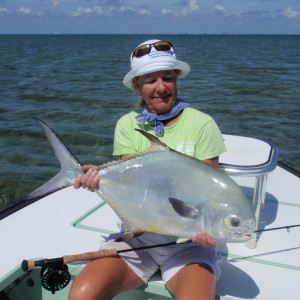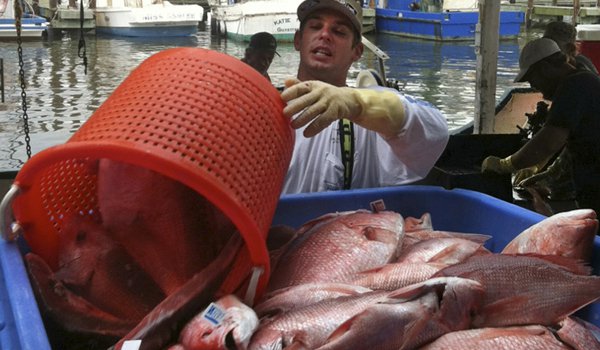Red Snapper
Red snapper are more than plentiful in the Gulf of Mexico, but prices are staying strong as a result of high consumer demand and a let-up in the covid-19 restrictions that slowed sales to restaurants early in 2020.
Fishermen are able to catch their quota with no difficulty, and boat prices are hovering in the $5 to $6 per pound range, with fishermen who are leasing quota netting about $2 per pound.
In the South Atlantic, where red snapper are managed separately, populations are similarly abundant, according to some fish house operators. But the commercial fishery was only open from mid-July through early September, when NMFS determined fishermen had fulfilled their quota. Opening dates for 2021 have not been announced.
South Atlantic fishermen are able to meet some consumer demand with vermilion snapper — a smaller but tasty species that garner between $2.75 and $4 per pound, depending on size.
Grouper
After a slow start in early to mid-2020, production of gag, red, yellowedge and snowy grouper boomed late in the year in the Gulf of Mexico, according to Karen Bell, operator of A.P. Bell Fish Co. in Cortez, Fla. Bell is paying about $4.50 per pound for reds to the 12 boats running out of her docks, as Florida restaurants welcome an influx of tourist diners. She hopes demand will increase as the U.S. rolls out more covid-19 vaccines, making people more comfortable to travel.
Fishermen in the South Atlantic had a pretty good year for gags after the shallow-water grouper harvest season opened in May, according to Chris Conklin, operator of Seven Seas Seafood Market in Murrells Inlet, S.C. Conklin said fishermen caught more than 70 percent of their grouper quota before the season closed Dec. 31 and would have caught the remainder if restaurants had reopened sooner, following covid-19 restrictions.
Boat prices haven’t been as strong as past seasons, dropping about $1 per pound from pre-pandemic years to about $6.50 per pound. Competition from cheaper imports hasn’t helped either. But fishermen are looking forward to a better 2021 as the economy emerges from the pandemic and demand rises.
Stone Crabs
Florida’s lucrative stone crab harvest, which opened in mid-October, is shaping up into what Marathon, Fla.-based Keys Fisheries operator Gary Graves calls an “average season” even though it faces new restrictions this year. He said harvesters are on track to produce between 2 million and 2.3 million pounds by season’s end May 1, with “very strong” prices.
Boat prices range from $29 per pound of jumbo claws to $23 for colossals and $18 for large, Graves said. Stone crab production has been down in the Keys from the highs of the late 1990s — from overfishing and environmental factors like hurricanes and red tide — while prices have headed for the stratosphere. To stabilize the fishery, and on the advice of Keys fishermen, Florida last year enacted new rules shortening the season by two weeks and increasing the minimum claw size, which Graves hopes will produce benefits in a year or two.
Blue Crabs
Lower catches and higher prices dominated 2020 in the two major blue crab producer states of Louisiana and North Carolina.
According to the Louisiana Department of Wildlife and Fisheries’ crustacean chief, Peyton Cagle, landings were down by about 1 million pounds from January to August compared to the same period in 2019. But boat prices “blew up” to about $5 per pound for large males — well up from the usual seasonal average of $2 to $3. In summer when prices typically drop, the region’s rolling battle with more than a half dozen tropical storms and hurricanes kept fishermen off the water, reducing production. But things rebounded in the fall, and stability returned to the fishery.
In North Carolina, fishermen counted 2020 as a good year, even though January-to-June landings dropped to 5.48 million pounds compared to 7.28 million pounds in 2019. Jeff Styron of Garland Fulcher Seafood in Oriental, N.C., said average prices were $3.50 for jimmy crabs with fluctuations between $2.75 and $4 — consistent with 2019.
North Carolina crab fishermen face increased restrictions in 2021, including closed seasons, establishment of sanctuary areas, size limits on female crabs and other rules because fisheries managers say the stock is overfished.







